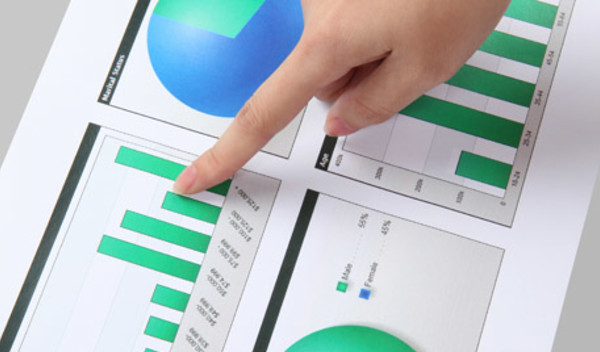But while we may know what these words mean, there is a lack of comprehension about what these risks, when combined, can do to a portfolio in decumulation, and what the options for advisers are.
Drawdown risk is our prime suspect, because it is investors’ greatest fear and the risk with the most dramatic effect on their lifestyle.
It is easy to use volatility as a shorthand for market risk, but in fact it is long-term loss of value which presents the real danger to a financial plan. Too much emphasis on volatility is leading to sub optimal asset allocation to deliver the long-term returns that clients need.
Holding your nerve
The UK equity market has seen a major fall every eight years on average since 1935. The times between falls vary considerably, as do their causes, but for an investor who needs to use some of their capital, a market fall at that time can have a major effect on their ability to achieve their objectives.
We cannot reliably predict exactly when drawdown will strike, but we know that sooner or later it will.
For investors who do not need to take money out of their portfolio after a market fall, the impact of drawdown risk is lower. The portfolio can be left to recover in value.
Advisers need to be careful that the fall is not too much for the investor’s risk appetite, however, otherwise they may panic and sell at the wrong time.
Even if we hold our nerve, recovery is not as straightforward as we might think. A 10 per cent fall in price, followed by a 10 per cent rise in price does not return a portfolio to its starting value, but only to 99 per cent. The effect is even larger for greater drawdowns.
A portfolio that has experienced drawdowns will therefore lag where we might expect it to be based on simple addition of percentage returns. This apparent con artist is volatility drag.
We need a bigger rise in value to return us to where we started.
This effect is even more significant if clients have to withdraw money from the portfolio after it has fallen. A 10 per cent fall requires an 11 per cent rise to return a portfolio to its starting point, but if a withdrawal of 5 per cent of the portfolio’s starting value is taken after the fall, then clients need an 18 per cent rise to get back to the starting point.
Any withdrawal of a constant cash amount, or a constant percentage based on the portfolio’s starting value, will affect the portfolio more if it has fallen in value. A greater number of units will need to be sold to generate the required amount of cash.
This reduces the amount of capital that is left to grow when the market rises, lessening the likelihood that the portfolio will recover to its previous level. This thief is pound cost ravaging.
Investors tend to be more familiar with its more generous twin pound cost averaging, which is a helpful influence in the accumulation phase. A regular cash sum invested buys more units after a market fall, boosting returns when the market recovers.












